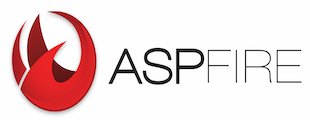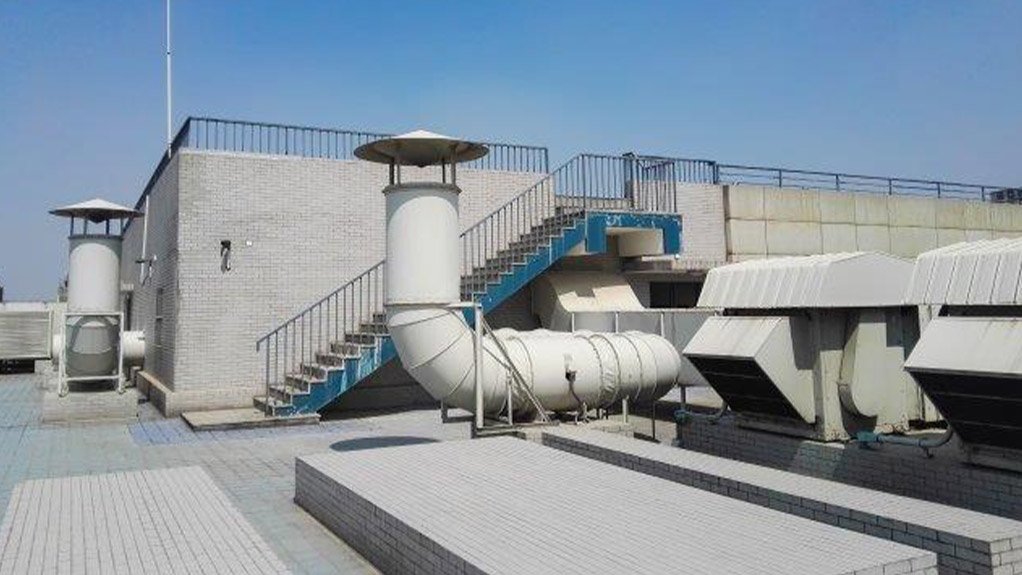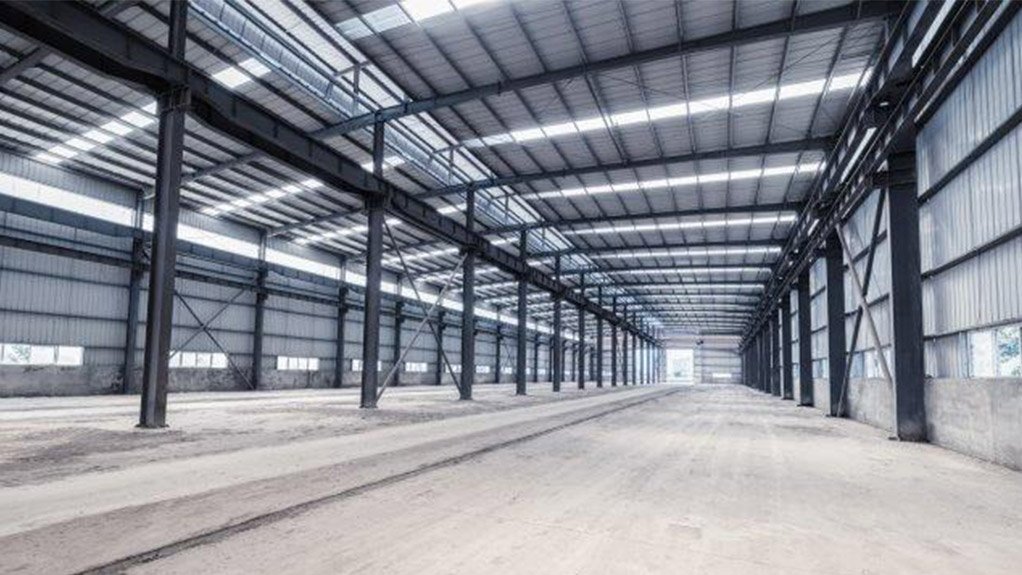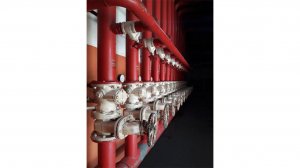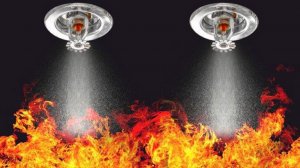Automatic sprinklers and smoke-control ventilation systems are not incongruous. However, they must be designed explicitly with each other in mind when approaching a fire-safety system design for a building.
The primary, and most important, fire-safety objective, as stated in T1.1(a), A1 of SANS 10400-T, is that the protection of occupants or users, including persons with disabilities, is ensured, and that provision is made for the safe evacuation of such occupants or users. “Life safety is paramount. One is able to rebuild a building, or replace goods or equipment destroyed in a fire; one cannot replace a life lost to fire,” ASP Fire CEO Michael van Niekerk stresses.
SANS 10400-T prescribes the maximum areas and storage heights for various occupancies that are permitted without the installation of an automatic sprinkler system in Table 3, Section 4.4. Division Areas. Sprinklers are necessary when a fire load within a building is so great that it renders human intervention within an enclosure impossible.
Sprinklers are also necessary for life safety when the floor area, horizontal travel distances, or height of a building require protection of the occupants during an evacuation. One can, however, compartmentalise a large building, or provide emergency routes, so that occupants can move from or, if necessary, through the enclosure of origin of a fire to a separate, safer area within the building and, ultimately, to the street or safe area outside of the building.
Sprinklers are therefore not mandatory in all buildings where adequate life safety systems are installed. Smoke ventilation is required in any enclosure greater than 500 m2 in floor area. SANS 10400-T states in Section 4.42 that an enclosure with a floor area greater than 500 m2 shall be provided with a smoke-control system designed in accordance with EN 12101.
Furthermore, any single-storey building with a floor area of up to 2 500 m2 not fitted with a sprinkler protection system shall be provided with either a mechanical or natural smoke control system as set out in that section.
“The main aim of smoke-control ventilation is to allow occupants to evacuate the enclosure of origin of a fire before untenable conditions are reached by allowing hot, toxic gas to vent out of the building instead of building up and completely filling an enclosure,” van Niekerk explains.
The purpose of a Control-Mode Density Area (CMDA) sprinkler system is to control or contain a fire or, in the case of an Early Suppression Fast Response (ESFR) system, extinguish a fire, instead of preventing smoke from being generated. Hot smoke and toxic gases, however, are responsible for more deaths in fires than direct exposure to flames. “There are numerous case studies that support this,” van Niekerk points out.
Steel and concrete structures are vulnerable to high temperatures that will build up without adequate smoke ventilation during a fire. Unprotected steel loses 50% of its stiffness and strength at between 450°C to 550°C, termed the critical temperature of steel, resulting in sagging of beams or trusses that apply horizontal loads to weakened vertical steel structural members designed primarily for vertical loads. “The end result is total building collapse,” van Niekerk warns.
Concrete is similarly affected by temperatures around 700°C, resulting in spalling and the exposure of the internal steel reinforcing to high temperatures. Sprinklers will also assist in cooling hot gases produced by a fire, aiding in preventing structural damage to a building. However, they do not scrub toxic gases such as hydrogen cyanide or hydrogen sulphide from the smoke.
“A literature review of the South African, British, and North American fire standards reveals that sprinklers and smoke ventilation systems are, in fact, complimentary when installed together,” van Niekerk points out. “There is even a suggestion that sprinklers have a symbiotic relationship with smoke ventilation systems, resulting in a greater number of sprinklers activating when installed with smoke-control ventilation.”
SANS 10400-T states in a note to Section 4.36.1 that cognizance should be taken with regard to the interaction of different systems, for example smoke control and sprinkler systems. SANS 10287 states in Section 4.1.1.2 that account should be taken of any possible interaction between sprinkler installations and other fire-protection measures.
NFPA 13-16, C.6 states that tests conducted on smoke ventilation installed with automatic sprinkler systems resulted in 87.5% to 91% more sprinklers opening than without smoke ventilation. The ASIB 12th Edition Rule book states in Rule 3029 that, in life-safety systems, where the opening of vents facilitates occupant evacuation, a fast-opening (smoke ventilation) system linked to a fire detection system should be considered.
The CIBSE Guide on Fire Engineering acknowledges in Section 7.6.3 that there has, indeed, been much debate on whether sprinklers affect smoke ventilation, and vice versa. Experiments have demonstrated that there are no engineering issues raised where both systems are used in the same building. This implies that the two systems can be engineered to be installed together.
Interestingly, CMDA sprinklers installed in most sprinkler installations in buildings are not intended to extinguish a fire, but rather control it to prevent it from spreading until the fuel is exhausted or the fire brigade intervenes.
“Sprinklers and smoke-control ventilation systems each have their place in the fire-safety design of a building. They can be installed together or independently of each other, depending on the fire-safety objectives and requirements of the building in question,” van Niekerk concludes.

